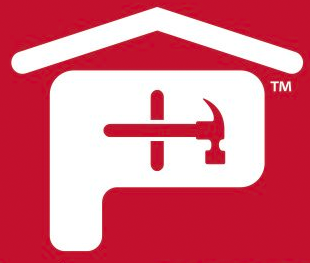One of the most common questions when it comes to underlayment is whether one layer of #30 felt is the same as two layers of #15 felt? The short answer is no, but understanding the reason for needing two layers and the actual differences between the grades of underlayment is probably more important to know.
The traditional underlayment that has been utilized for many years and is still used today in steep-sloped roof applications is “asphalt saturated felt.” This product is commonly referred to as “felt paper,” “#15 felt,” or “#30 felt,” “building paper,” “felt underlayment,” or simply “underlayment.”
Underlayment is utilized under a variety of materials such as; asphalt shingles, wood shingles/shakes, metal roofing, metal shingles, slate, tile, and other synthetic steep-sloped roofing coverings. Underlayment can provide many functions for the roof assembly, including temporary protection for the substrate, creating a “cushion” or leveling layer below the roof covering, or act as a separation layer between the roof covering and the substrate.
Manufacturing organic asphalt-saturated felt underlayment is a pretty straightforward process. Recycled paper is processed into a roll. Hot asphalt is then added to the roll and asphalt saturated underlayment is the result.
In the past, the felt number designation was correlated to the weight of the felt (i.e., a 15# felt weighed 15 pounds/100 square feet). However, that direct correlation to weight no longer exists. By shifting the pound symbol, 15# felt became #15 felt, which may actually weigh 7.5 to 12.5 pounds per square; #30 felt can weigh between 16 and 27 pounds per square. Simple math shows that a single layer of #30 felt today could weigh more or less than two layers of #15 depending on which end of the min/max spectrum the two types of underlayment fall.
The need for two layers of felt is driven more by the deck slope and water management than actual weight.
Felt underlayment is water-resistant, but not waterproof. Felt’s perm rating varies but not by much. Dry, #15 felt is rated at 6 perms, #30 felt at 5 perms. The thicker #30 felt is more resistant to damage during installation of the roof-covering material, and will protect the roof longer if it should somehow become exposed to weather, but only applying one layer of underlayment on a low sloped roof does not offer the proper protection against water infiltration.
The lower the slope of the roof, 2:12 up to 4:12, the greater the chance of water working its way through to the substrate. Applying two layers of underlayment in a shingle fashion where the top layer overlaps the bottom layer by about 19 inches creates a stronger barrier against any wind driven water. One layer, regardless of how thick it is, will not provide the same protection.
Underlayment is a critical component of a home’s roofing system. Several factors such as roof covering and slope affect what and how it is installed. It’s not about weight, it’s about protection. One layer of #30 felt does not offer the same protection as two layers of #15. In fact, since the designations of #15 and #30 referring to the actual weights of the underlayment no longer apply. The terms Type I and Type II now are used within the industry, respectively, making it much easier to understand when it’s appropriate to use which type of underlayment.



 Gear!
Gear! PRO LOGIN
PRO LOGIN